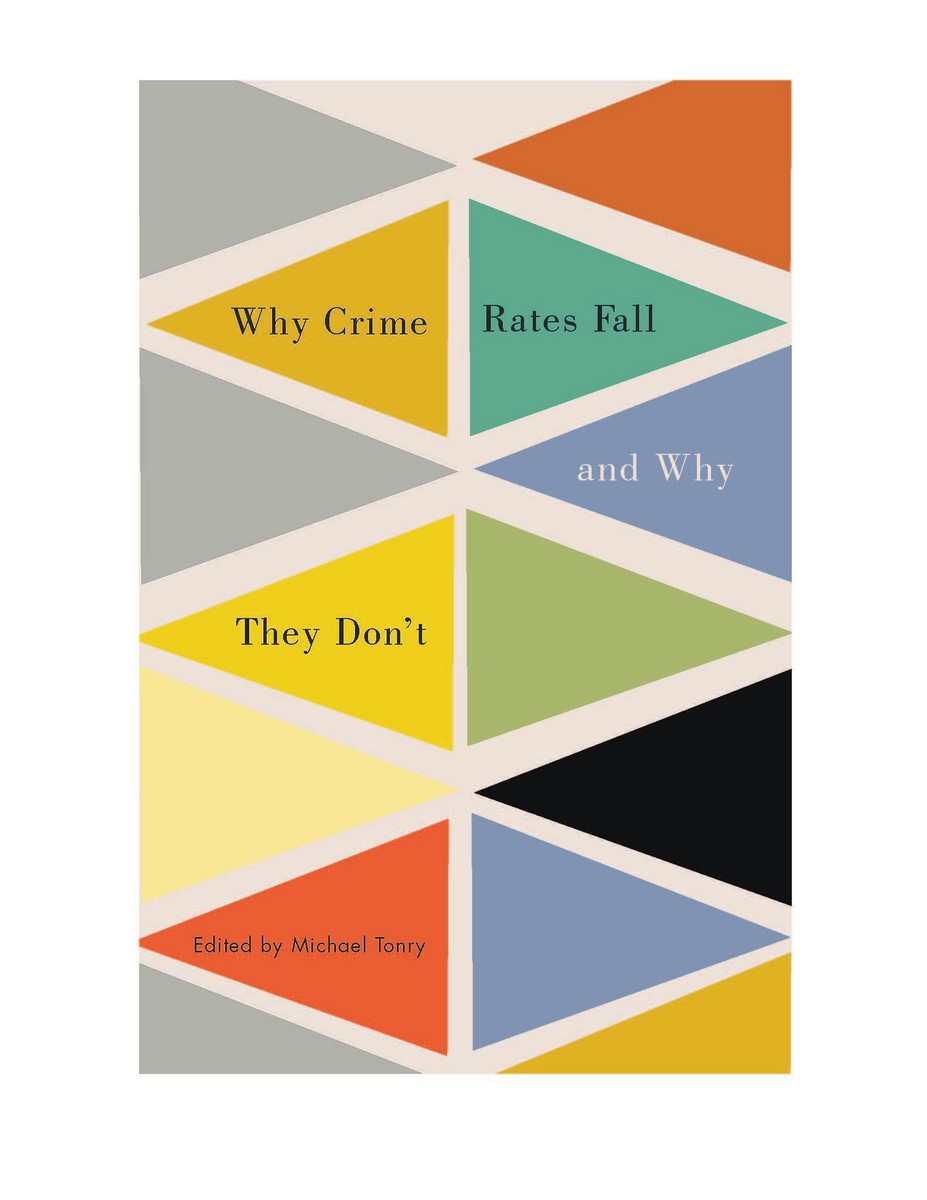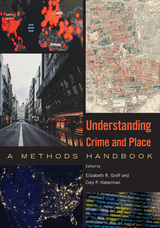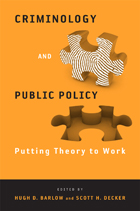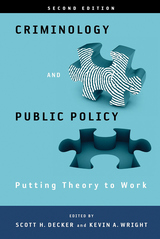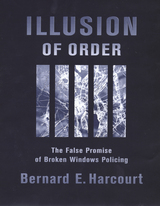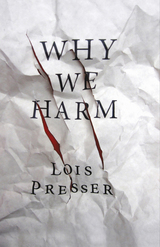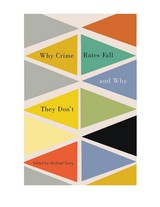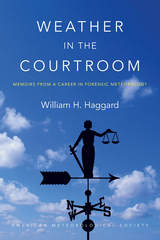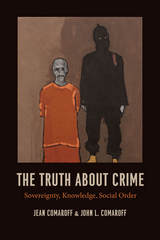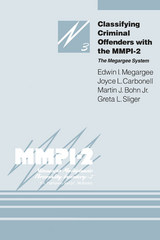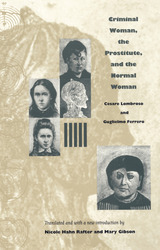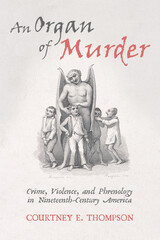Crime and Justice, Volume 43: Why Crime Rates Fall, and Why They Don't
University of Chicago Press Journals, 2015
eISBN: 978-0-226-20880-0 | Cloth: 978-0-226-20863-3 | Paper: 978-0-226-20877-0
Library of Congress Classification HV6025.W459 2014
Dewey Decimal Classification 364
eISBN: 978-0-226-20880-0 | Cloth: 978-0-226-20863-3 | Paper: 978-0-226-20877-0
Library of Congress Classification HV6025.W459 2014
Dewey Decimal Classification 364
ABOUT THIS BOOK | AUTHOR BIOGRAPHY
ABOUT THIS BOOK
Violent and property crime rates in all Western countries have been falling since the early and mid-1990s, after rising in the 1970s and 1980s. Few people have noticed the common patterns and fewer have attempted to understand or explain them. Yet the implications are essential for thinking about crime control and criminal justice policy more broadly. Crime rates in Canada and the United States, for example, have moved in parallel for 40 years, but Canada has neither increased its imprisonment rate nor adopted harsher criminal justice policies. The implication is that something other than mass imprisonment, zero-tolerance policing, and “three-strikes” laws explains why crime rates in our time are falling. The essays in this 43rd volume of Crime and Justice explore the possibilities cross-nationally. They document the common rises and falls in crime and look at possible explanations, including changes in sensitivity to violence generally and intimate violence in particular, macro-level changes in self-control, and structural and economic developments in modern states.
The contributors to this volume include Marcelo Aebi, Andromachi Tseloni, Eric Baumer, Manuel Eisner, Graham Farrell, Janne Kivivuori, Tapio Lappi-Seppälä, Suzy McElrath, Richard Rosenfeld, Rossella Selmini, Nick Tilley, and Kevin T. Wolff.
The contributors to this volume include Marcelo Aebi, Andromachi Tseloni, Eric Baumer, Manuel Eisner, Graham Farrell, Janne Kivivuori, Tapio Lappi-Seppälä, Suzy McElrath, Richard Rosenfeld, Rossella Selmini, Nick Tilley, and Kevin T. Wolff.
See other books on: Crime | Homicide | Justice | Tonry, Michael | Western countries
See other titles from University of Chicago Press Journals
